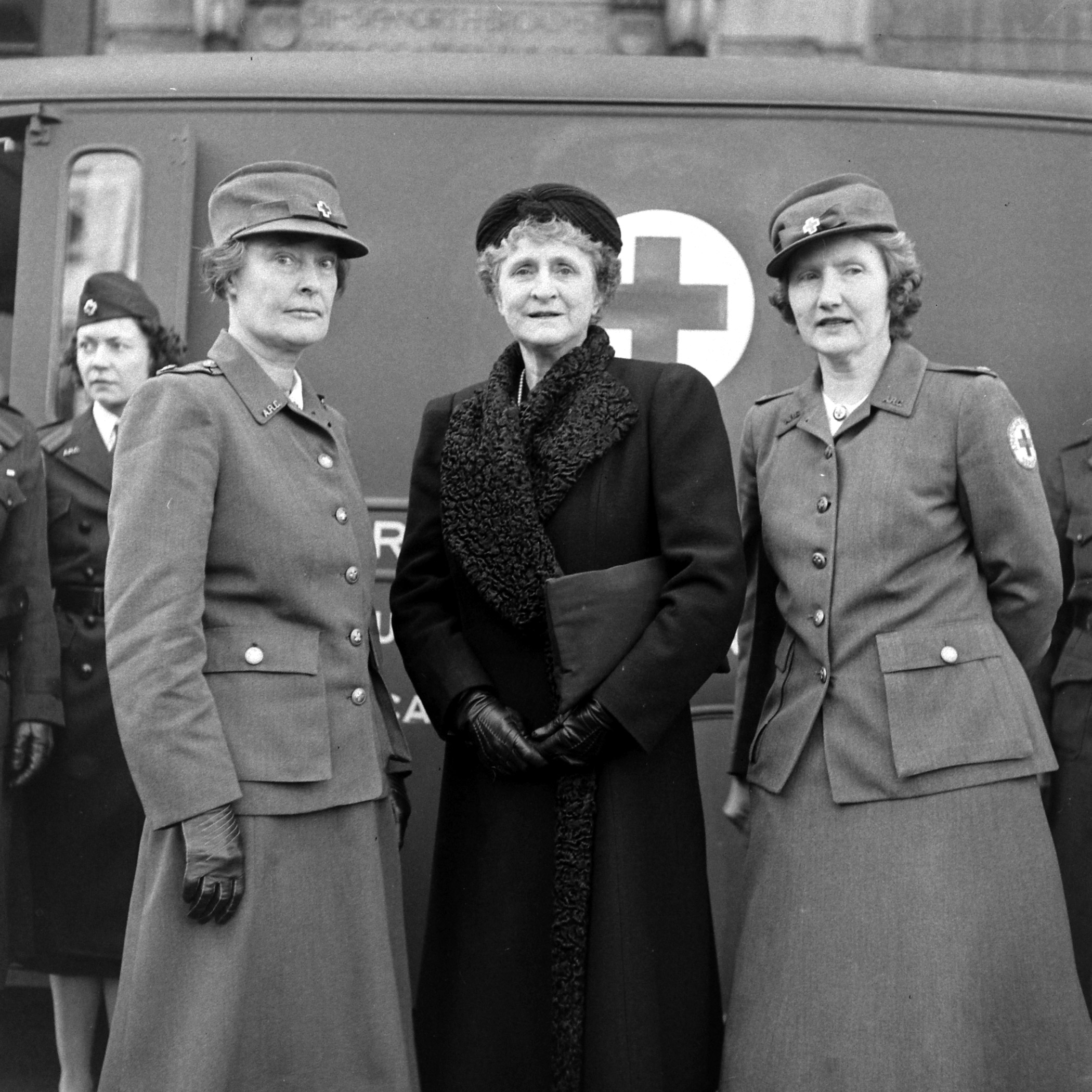
When nurses and their grateful patients around the world mark International Nurses Day on Friday, they will also be marking the anniversary of Florence Nightingale‘s birth on May 12, 1820. Though nursing has always been an important profession, the story of Florence Nightingale, who achieved renown as a nurse during the Crimean War, is a good reminder that it is often during times of war that the invaluable role of the nurse is most obvious.
In early 1942, when LIFE magazine featured the need for nurses as its cover story, that fact was as crystal clear. (Most of the photos above were taken for that story but went unpublished.) In the wake of the December 1941 attack on Pearl Harbor, the U.S. nurse shortage had been thrown into sharp relief: the Army and Navy together were enlisting 15,000 nurses, the U.S. Public Health Service said it needed 10,000 nurses too and U.S. civilian hospitals were already operating at nurse staffing levels that were 10% short of what they needed. With about 23,000 new nurses graduating from existing training programs each year, the need could not be met fast enough for wartime.
In light of that situation, the Office of Civilian Defense and the Red Cross joined together to call for 100,000 American women — they were all women at the time — to volunteer as unpaid wartime nurses’ aides, working under the supervision of registered nurses. By performing duties like feeding patients and taking temperatures, they would thus free up the registered nurses to perform the jobs that required the most training, or to go to war. It was an idea that had come about during World War I, and the U.S. entry into World War II had created a renewed need for their services.
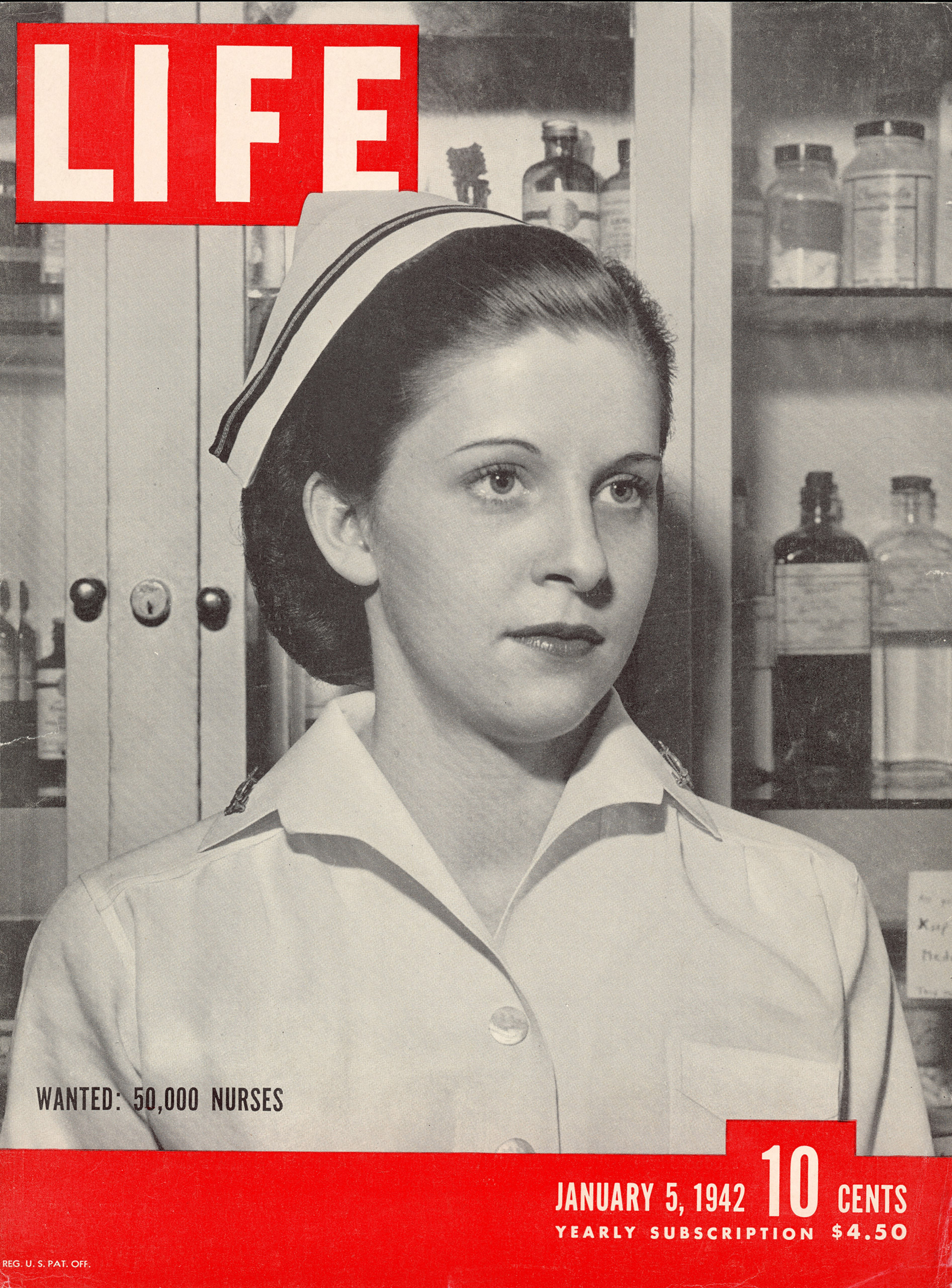
Meanwhile, the Army and Navy clearly knew just how important the nurses were: registered nurses, the magazine noted, were superior to enlisted men in Army and Navy hospitals, as they were commissioned officers. “Like other officers,” the story explained, “nurses of the U.S. Army and Navy nurse corps have not only their own jobs to do but they must also teach enlisted men to do theirs.”
The idea was that, though nurses often came within battle range in field hospitals and aboard ships, the men who were taught by the nurses could provide battlefield first aid.
In a parallel concept, the nurses’ aides were expected to put what they learned to use after the war in homes across the nation, helping keep American families safe and healthy in peacetime. But if something did go wrong at home, they would also be able to put to use one particular piece of knowledge that they’d have learned during the war: that if you did need to go to the hospital, you were in good hands with a well-trained nurse.
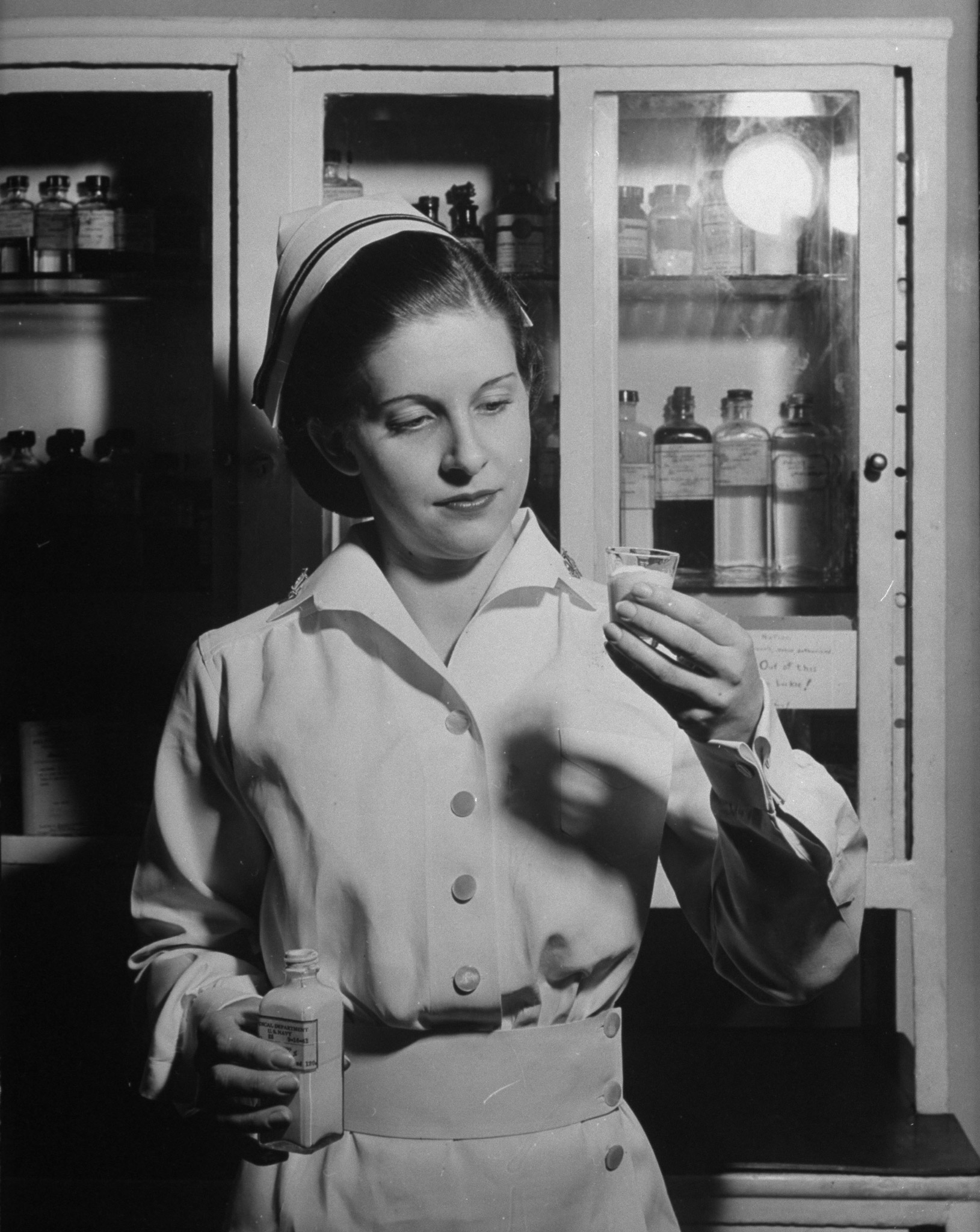
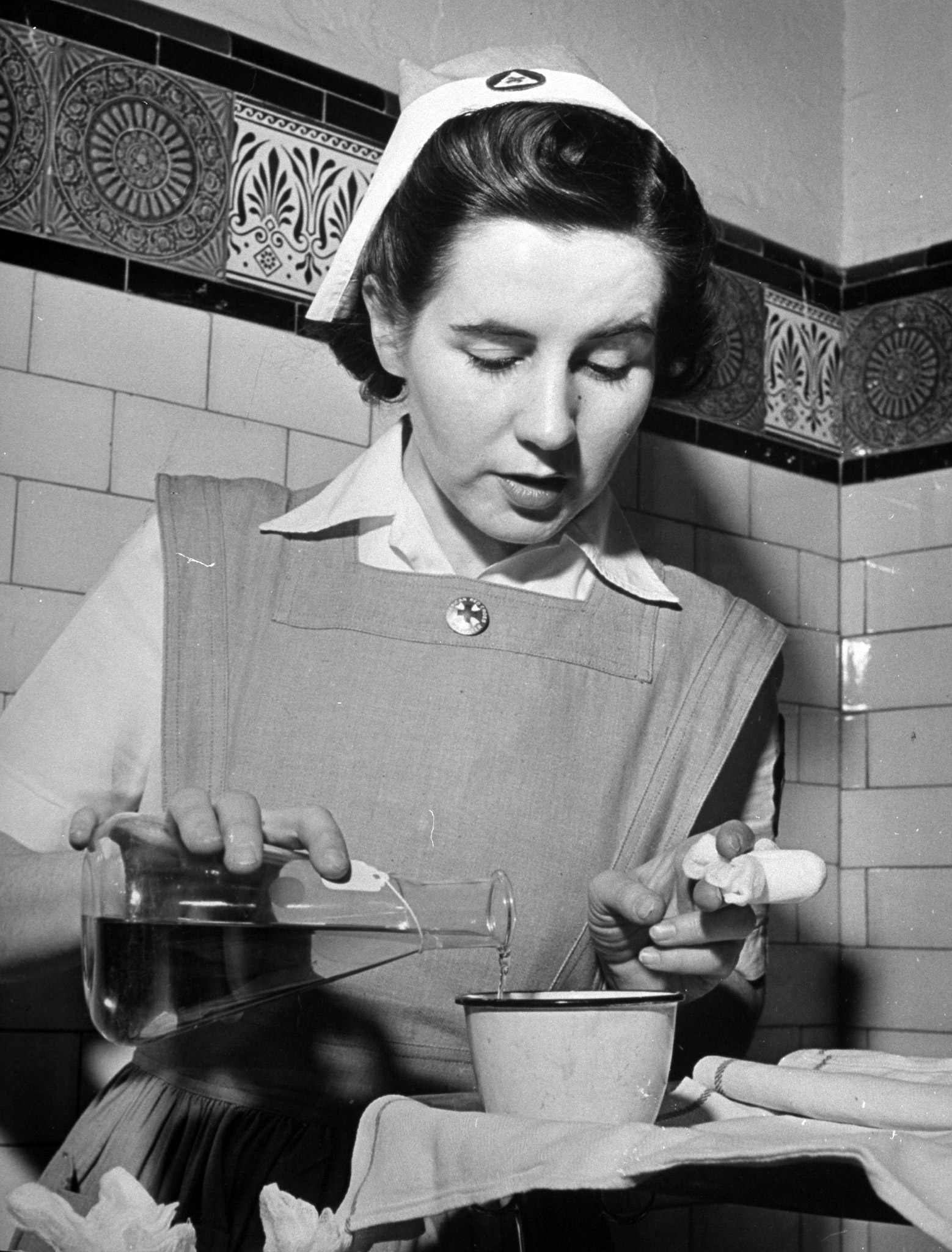
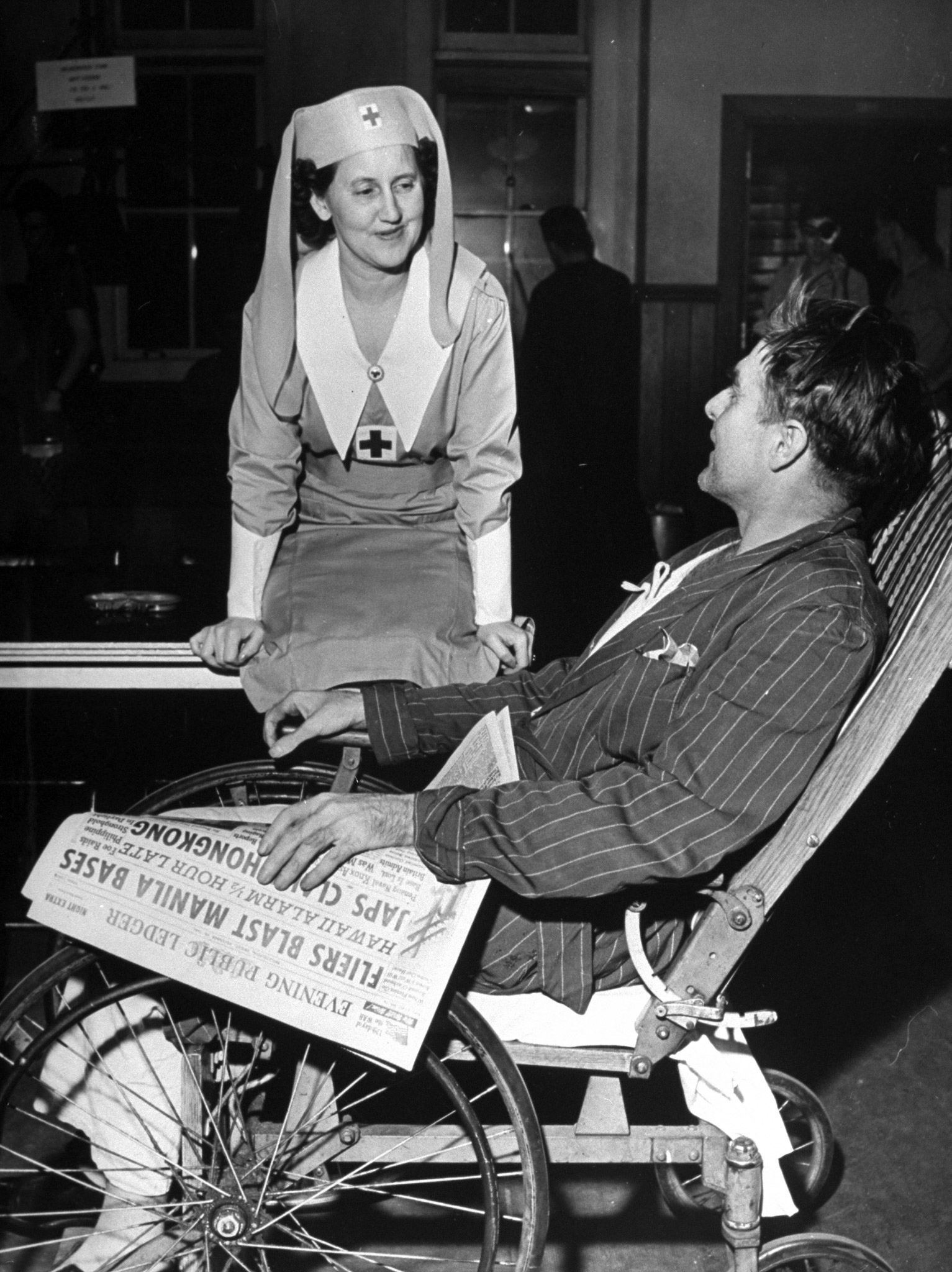
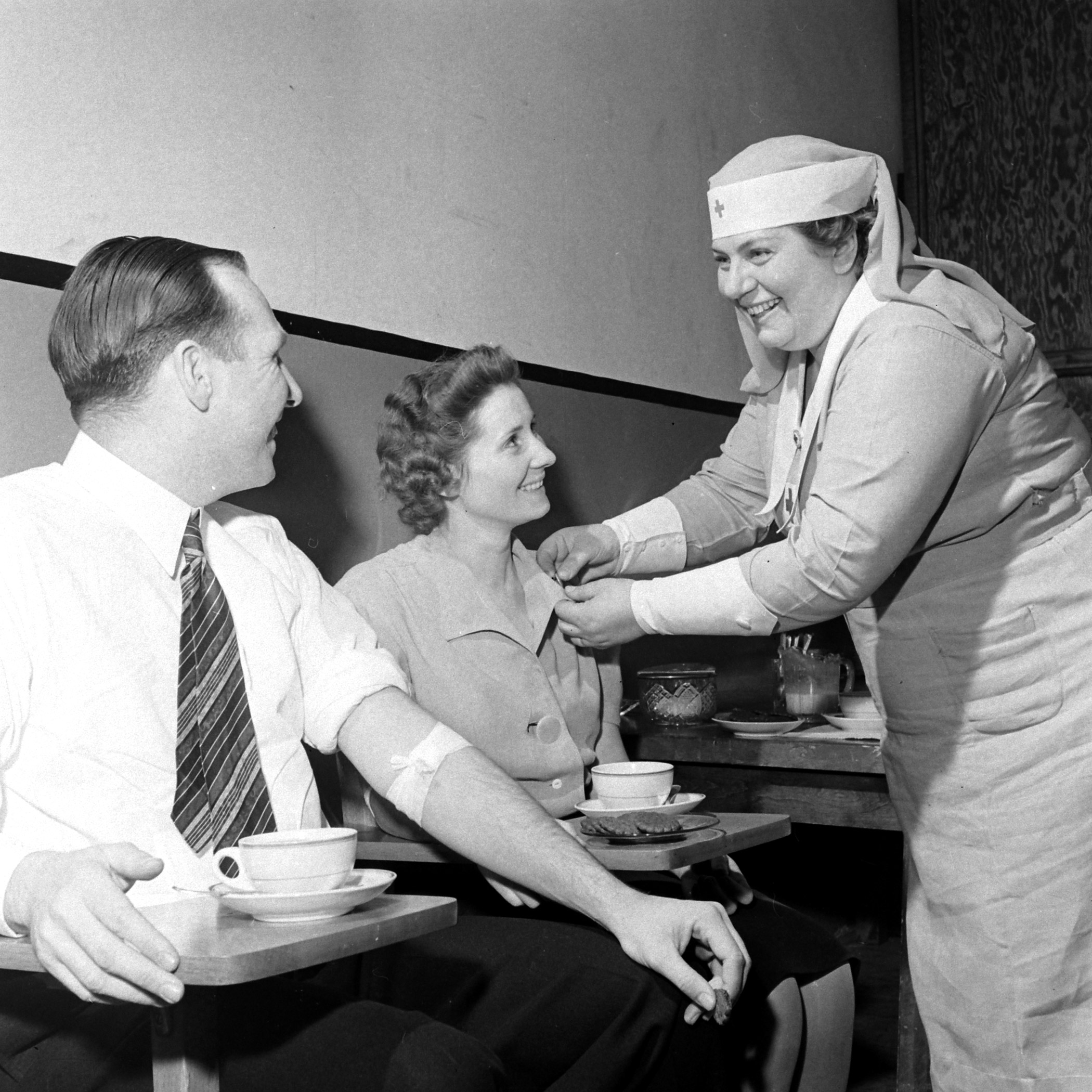
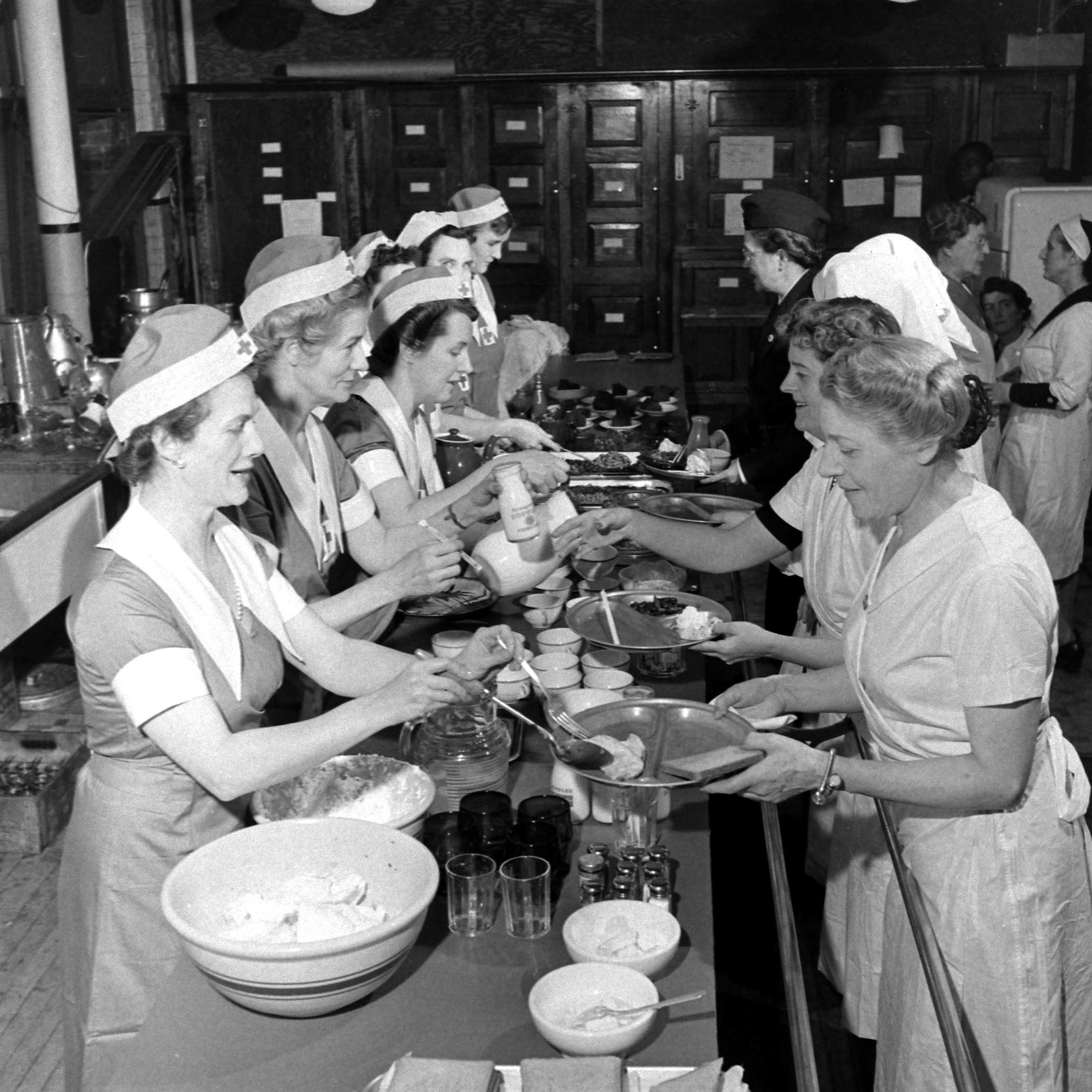

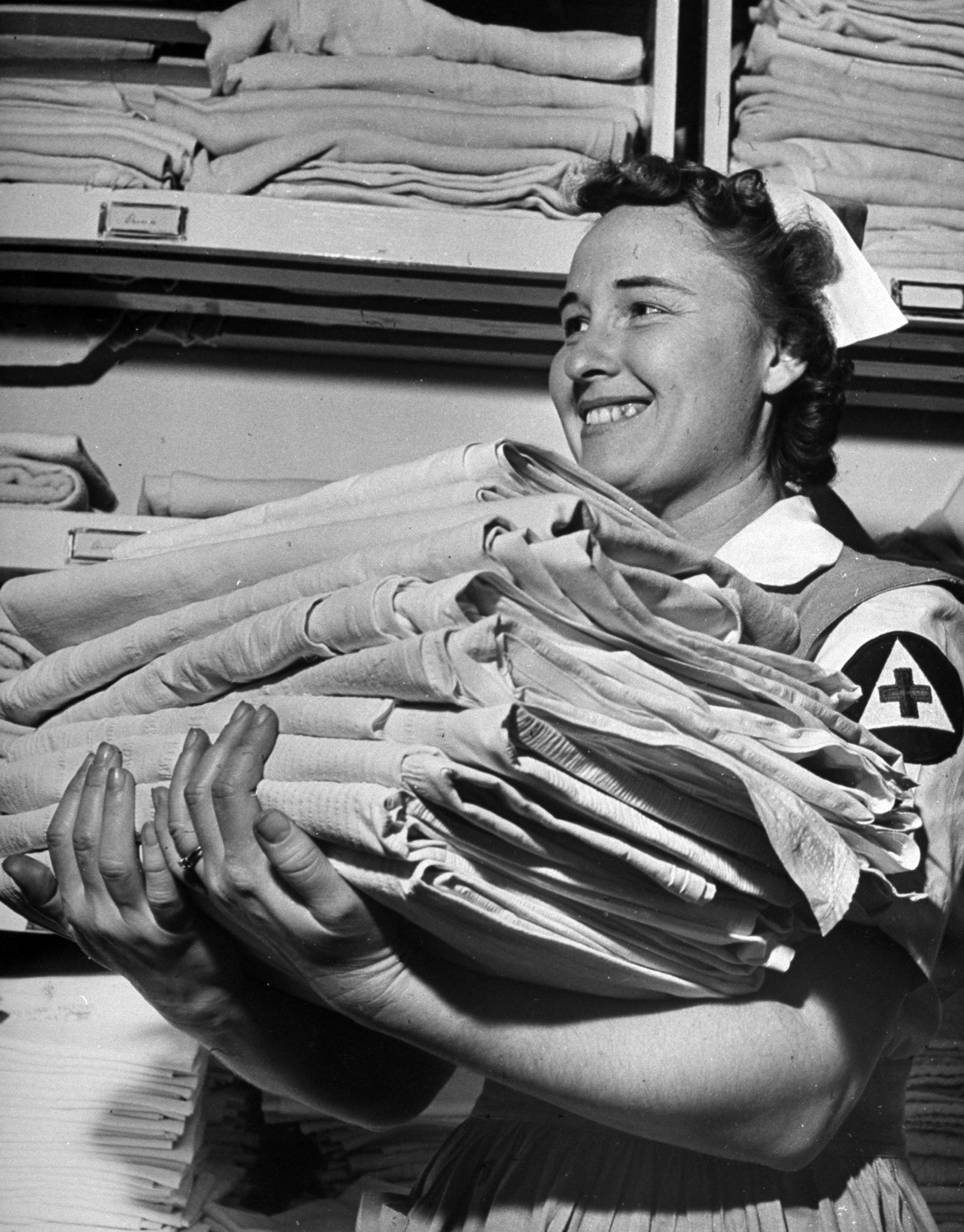
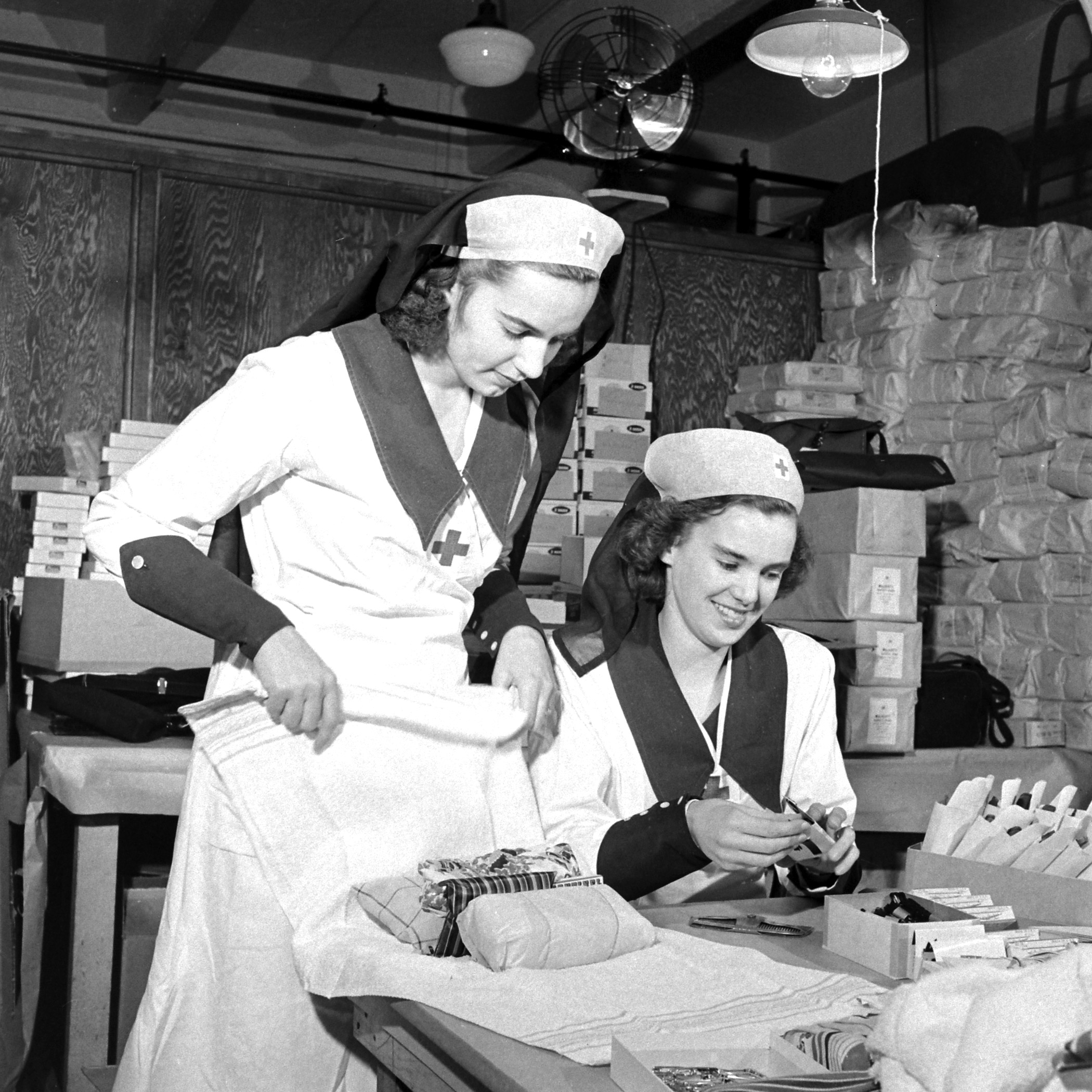
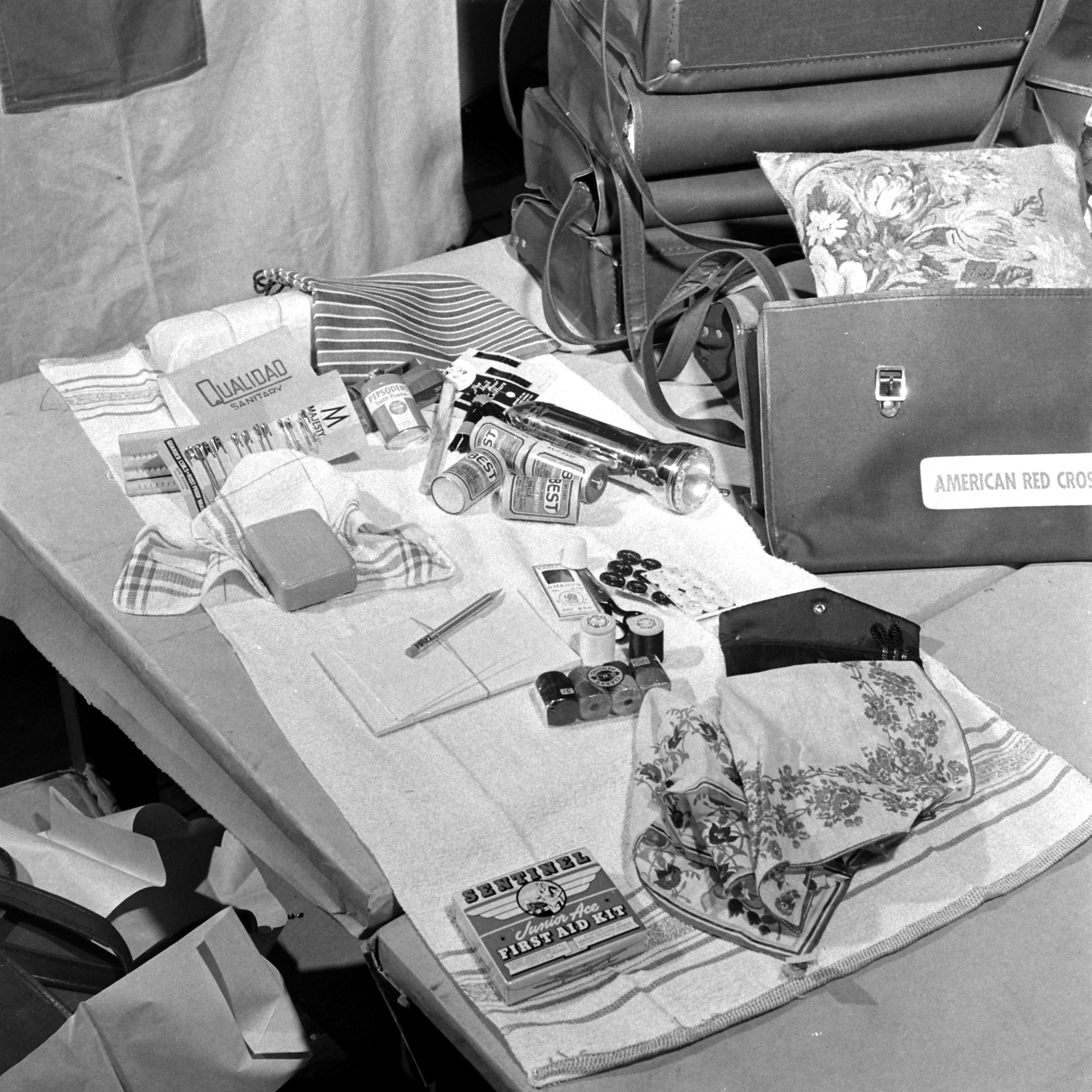
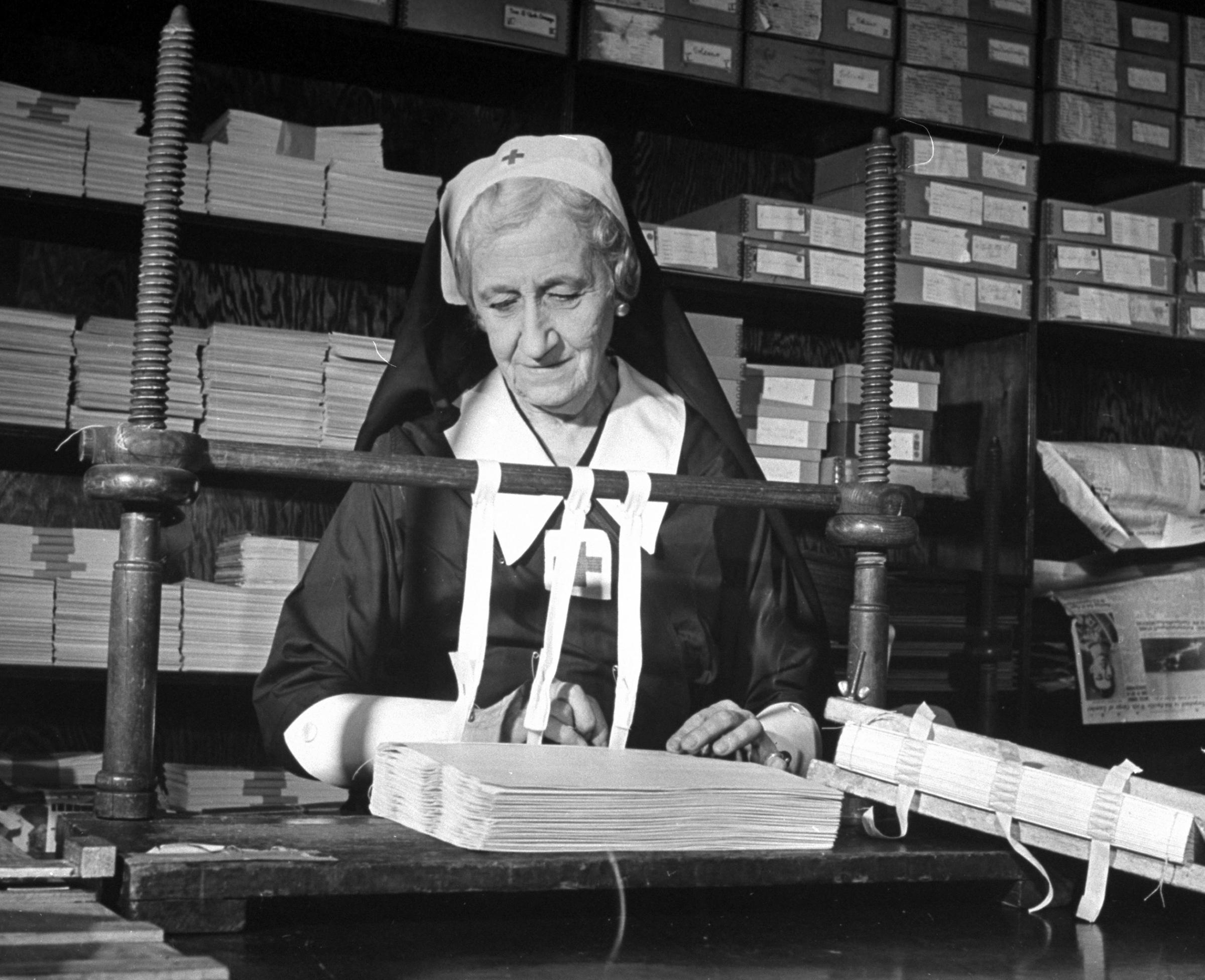
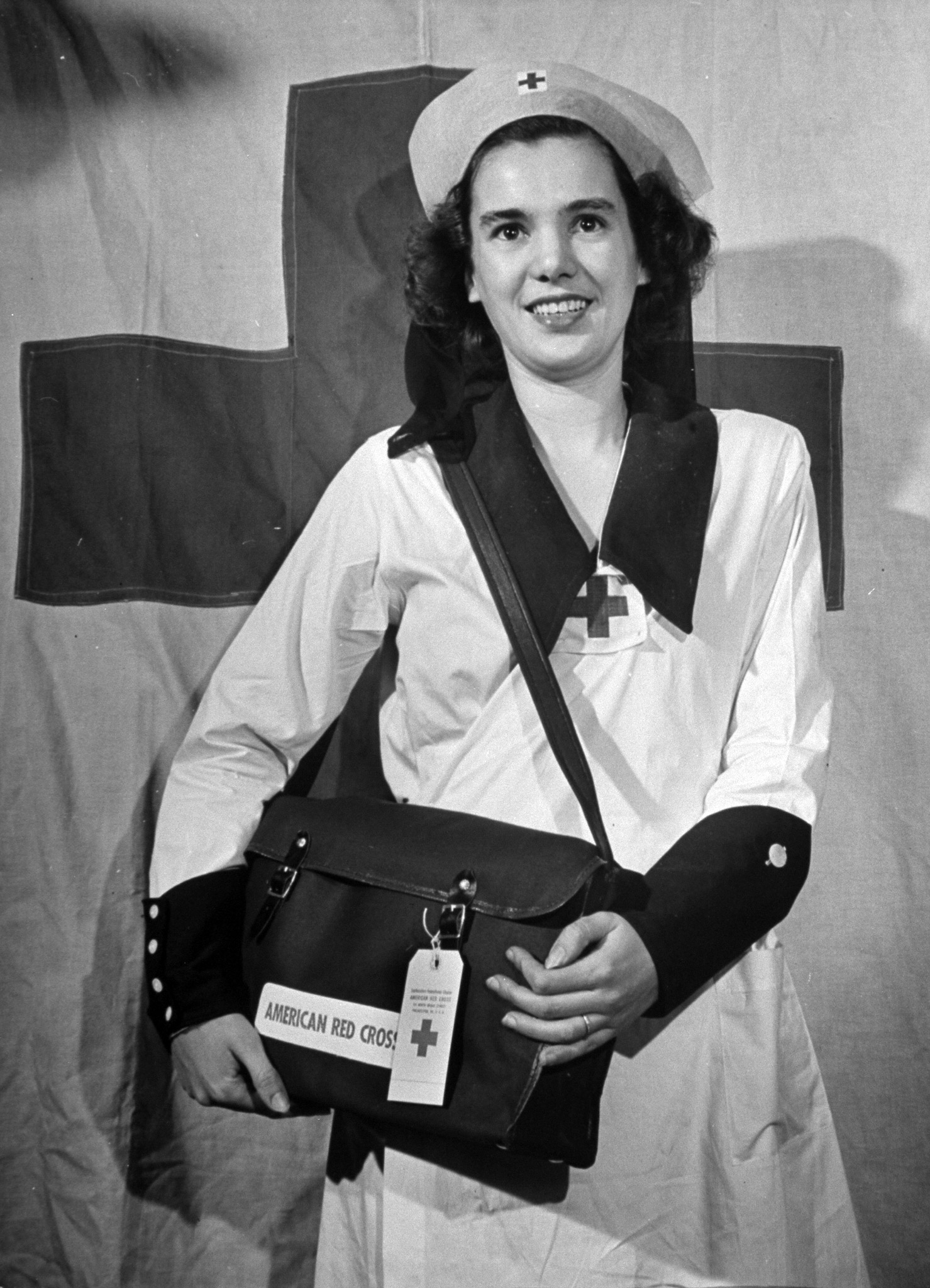
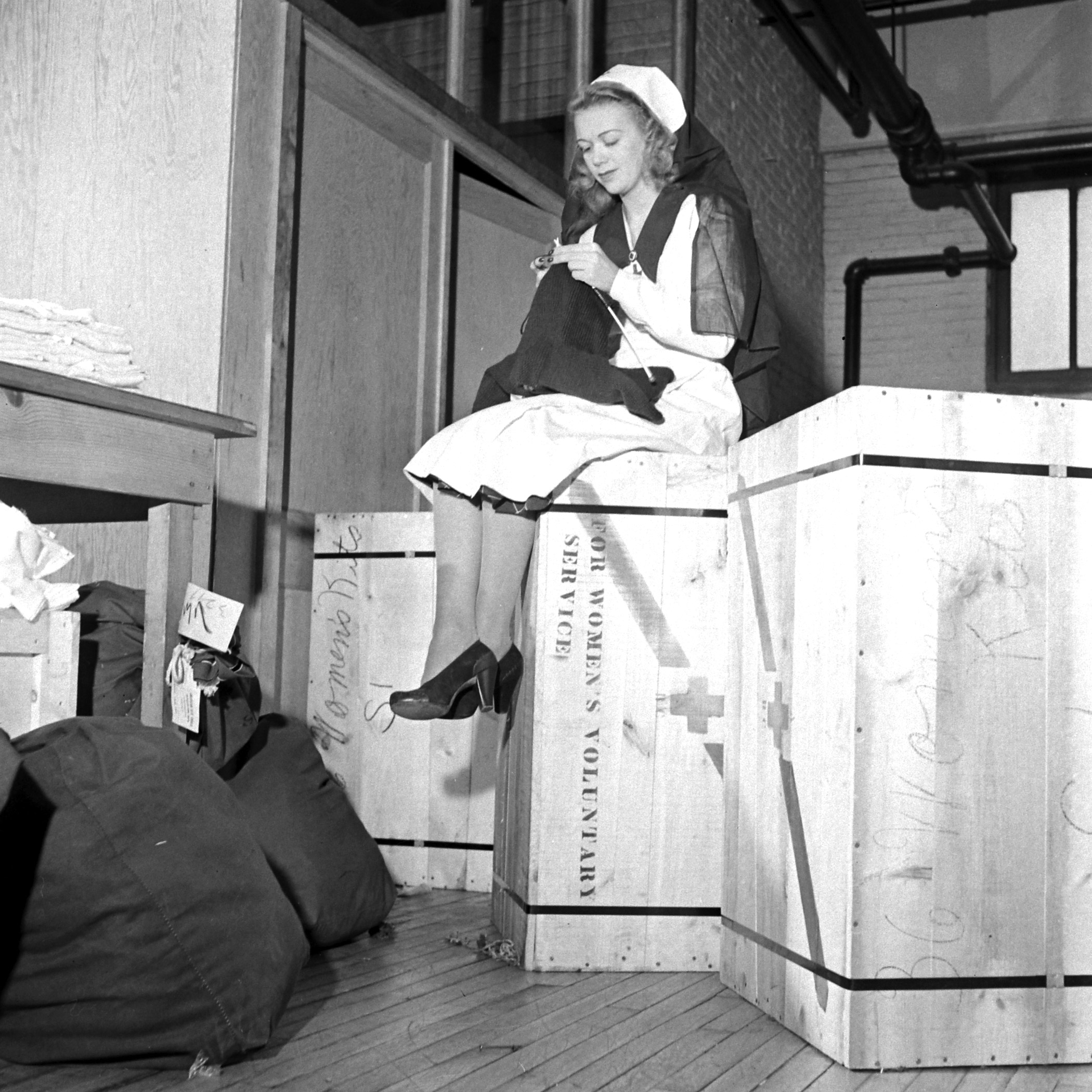

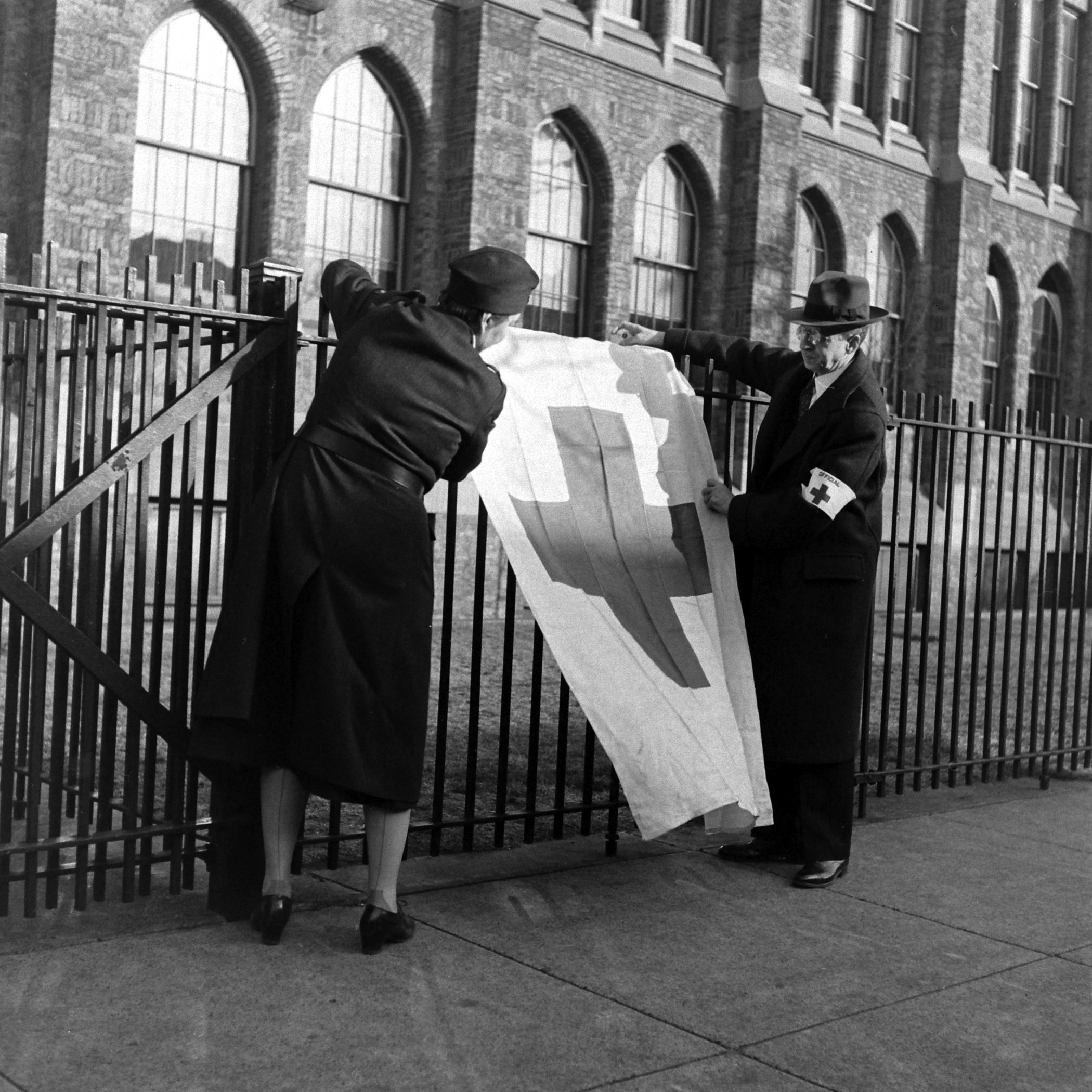
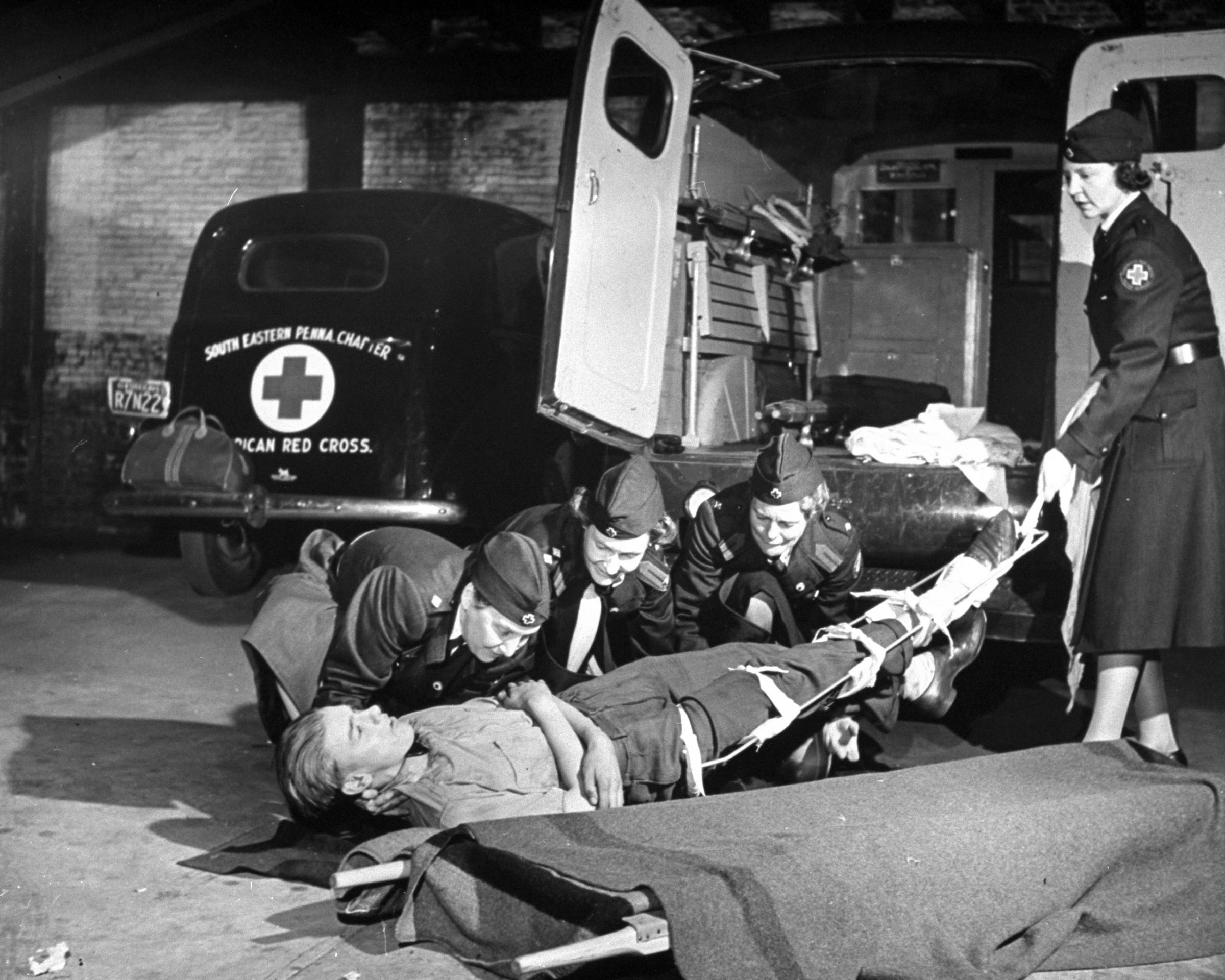
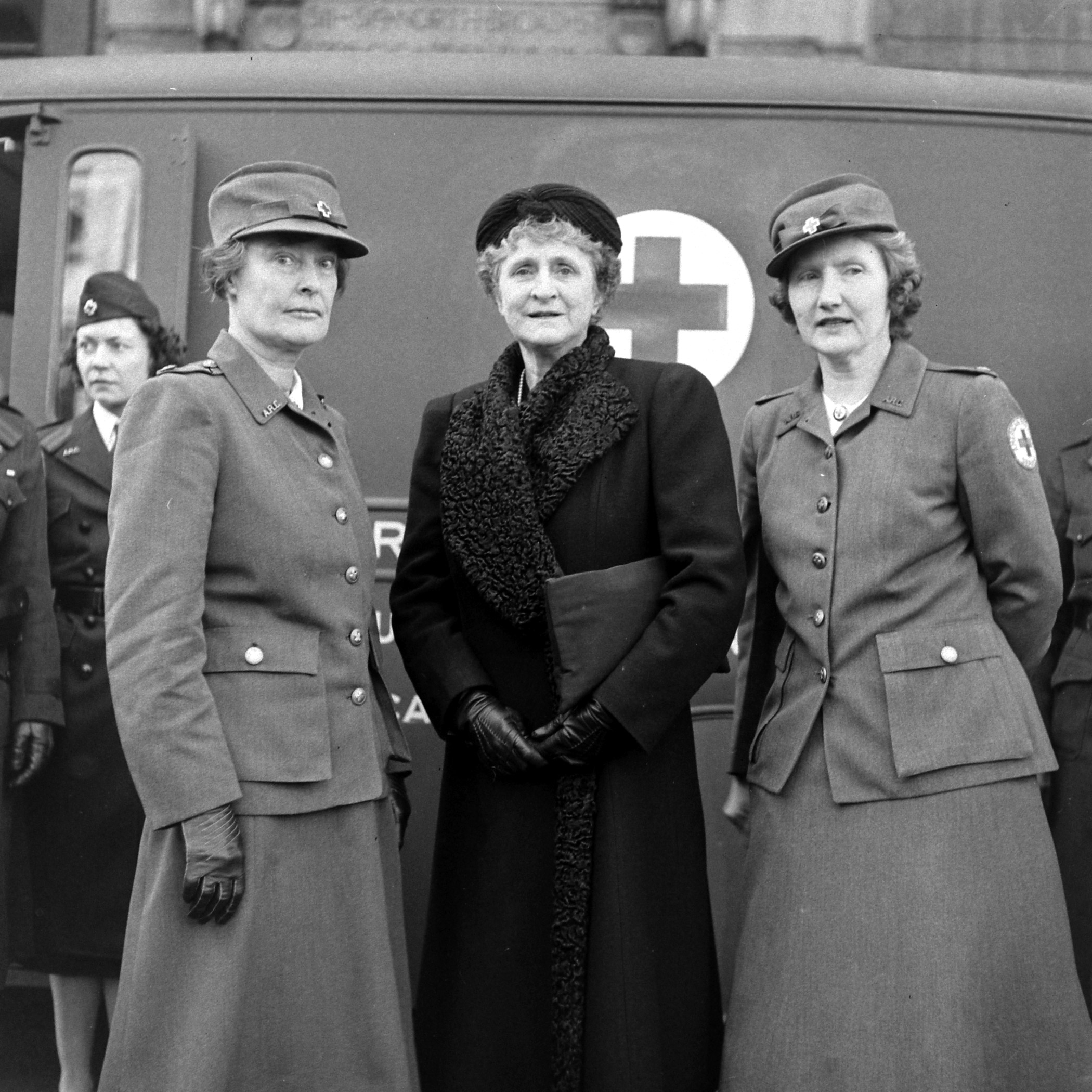
More Must-Reads From TIME
- The 100 Most Influential People of 2024
- The Revolution of Yulia Navalnaya
- 6 Compliments That Land Every Time
- What's the Deal With the Bitcoin Halving?
- If You're Dating Right Now , You're Brave: Column
- The AI That Could Heal a Divided Internet
- Fallout Is a Brilliant Model for the Future of Video Game Adaptations
- Want Weekly Recs on What to Watch, Read, and More? Sign Up for Worth Your Time
Write to Lily Rothman at lily.rothman@time.com